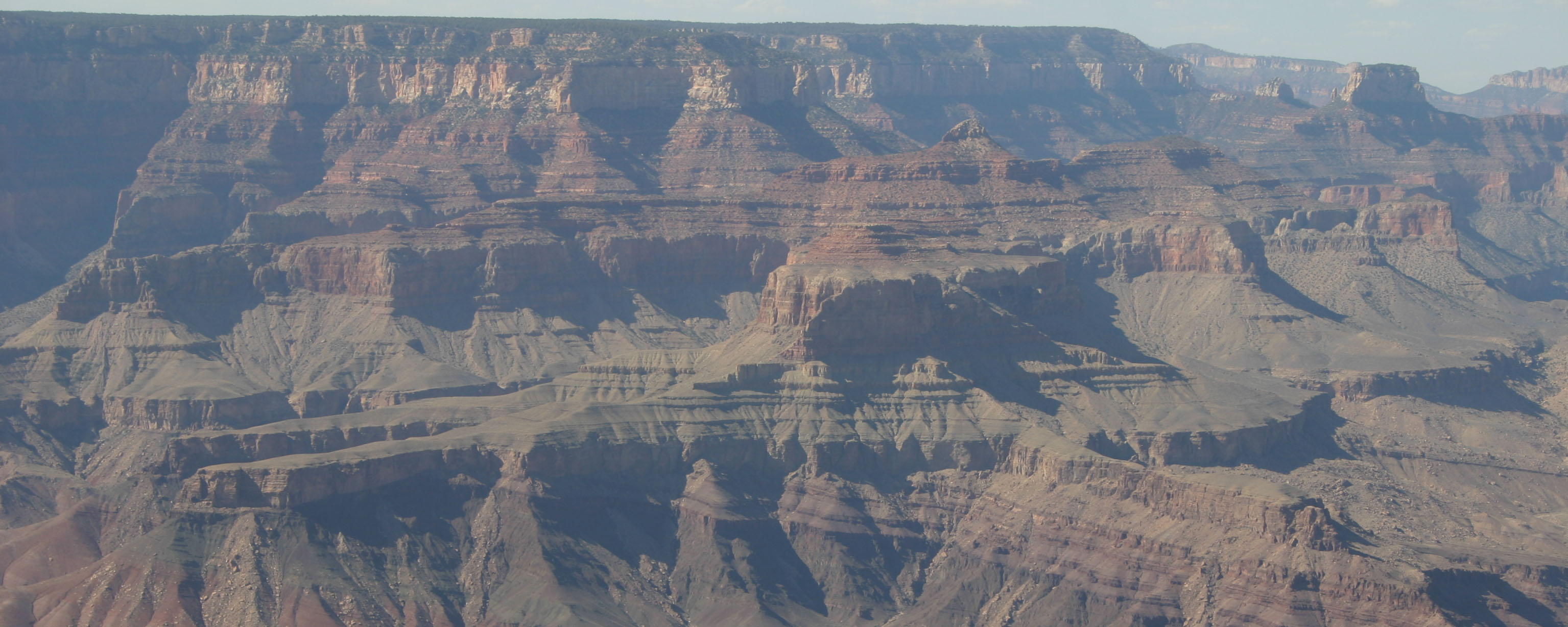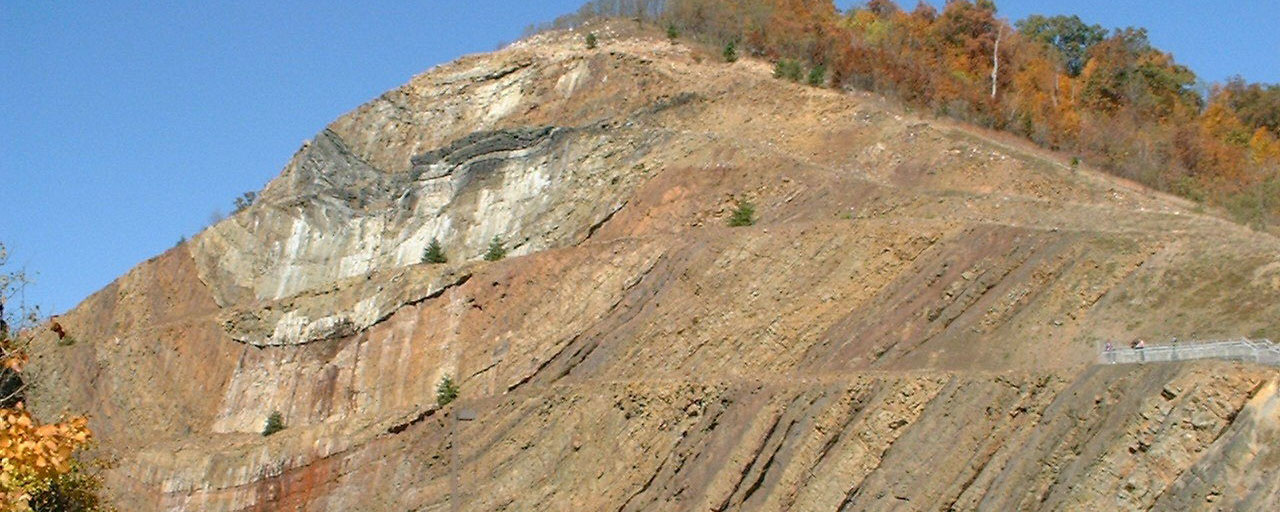


The ruins of an older world are visible in the present structure of our planet, and the strata which now compose our continents have been once beneath the sea, and were formed out of the waste of pre-existing continents. The same forces are still destroying, by chemical decomposition or mechanical violence, even the hardest rocks, and transporting these materials to the sea, where they are spread out, and form strata analogous to those of more ancient date. -- The Theory of the Earth (1788) James Hutton
Gazing on the strata of the earth, he reads the fate of his species. In the undulations of the mountains is revealed to him the history of the past; and in the strength of rivers and the powers of the air he discovers the fortunes of the future. To him, indeed, that future, as well as the past and the present, are alike matters for meditation: for the geologist is the most satisfactory of antiquarians, the most interesting of philosophers, and the most inspired of prophets; demonstrating that which has past by discovery, that which is occurring by observation, and that which is to come by induction. -- Vivian Grey (1826) Benjamin Disraeli
Review course policies, schedule.
A Review of the Course, in 60 Seconds:
Historical Geology:
Use of geological principles to reconstruct the history of Earth, its environment,
and its life. Combines many subdisciplines of geology
Examines geologic history as a pattern (the particular changes in sequence throughout time) and as process (rules or principles that govern these changes).
Some of the topics covered:
The most key concepts of this course:
Some of the core truths of Earth history (based on Robert Hazen's The Story of the Earth):
Discovery of Earth History
Traditional (i.e., pre-scientific) View of Earth: the origin of the Earth and its structures (mountains, oceans, seas, rivers, etc.) are totally distinct from modern disasters (earthquakes, floods, landslides, volcanoes, etc.). The former was thought to be a singular event at the Dawn of Time, and completed; the latter were ongoing processes due to divine, diabolic, astrologic, etc., influences. (Indeed, "disaster" means "bad star"). Earthquakes, volcanoes, floods, and the like were thought to have no more relation to the formation of the Earth and its structures than diseases have to do with the birth of a child.
(Alternatively, some cultures suggested an eternally-old Earth, perhaps with cycles of destruction and renewal.)
Various philosophers proposed "Theories of the Earth": several models beginning in the 17th Century questioned a single Creation week as the entirety of the formation of the Earth and its structure. Did the Earth itself have a history?
"Deep Time": analogy to "deep space"; the vast expanse of time in the (geologically ancient) past.
Two different aspects of time to consider:
In the history of geology and paleontology, relative time was determined LONG before absolute time.
A key idea in discovering the history of the Earth was "actualism": the method of reasoning that asserts the processes observably active at the present day are the most reliable key for interpreting the traces of the ancient past. (A related term is "uniformitarianism": sometimes people use this to mean the same thing as "actualism", but it has sometimes been used for a more extreme version that considers the rate of processes as invariant over time, and additionally that the Earth exists in a "steady-state" (and possibly eternal) form.)
The actualistic view means that the natural laws themselves do not change, but rates can vary. Furthermore, rare and exceptional events (like asteroid impacts or greatly increased levels of volcanic activity) are possible.
To Lecture Notes.
